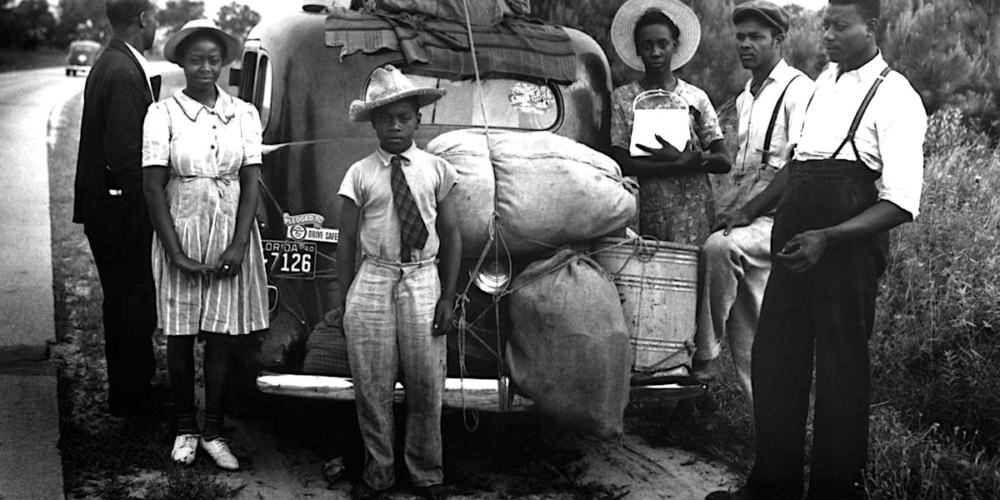Named to pay homage to the original “Green Book,” first published in 1936 by New York City postman Victor Green as an African-American travel guide to safe harbors and welcoming establishments across the United States, the guide is a contemporary travel-planning tool, which showcases various cultural points of interest while allowing users to plan a customized travel itinerary.
The “Green Book of South Carolina” is a user-friendly guide designed to resemble standard travel apps, with the mobile user in mind—although it can be easily utilized on desktop and laptop computers. The guide is accessed through a web browser and showcases more than 300 points of interest, all of which have been verified by the National Register or by the state. Each of those entries includes a narrative defining the historic significance of the site, images, a link to directions and a link to a website (if available). Users can browse destination listings by the use of an A to Z directory, on a “zoomable” map or by using categories, including Historic Markers, Historic Churches, Historic Schools and HBCUs, Historic Districts and Sites, Historic Cemeteries and Cultural Attractions. Users can also use tags such as the “Gullah Geechee Cultural Heritage Corridor” or the “Civil Rights Movement” to locate sites that meet their exact interests.
 The exterior of Big Wilt’s Smalls Paradise Restaurant on West 135th and 7th Avenue in Harlem in 1964. | BETTMANN/GETTY
The exterior of Big Wilt’s Smalls Paradise Restaurant on West 135th and 7th Avenue in Harlem in 1964. | BETTMANN/GETTY A view of Clifton’s Cafeteria in downtown Los Angeles. | DICK WHITTINGTON/UNIVERSITY OF SOUTHERN CALIFORNIA/GETTY
A view of Clifton’s Cafeteria in downtown Los Angeles. | DICK WHITTINGTON/UNIVERSITY OF SOUTHERN CALIFORNIA/GETTY The Ebony Motel, a listing in the green book, is pictured in 1962 in Alabama. | Jean-Philippe Charbonnier/Gamma-Rapho/Getty
The Ebony Motel, a listing in the green book, is pictured in 1962 in Alabama. | Jean-Philippe Charbonnier/Gamma-Rapho/GettyJim Crow | Racial Segregation Laws, United States
Jim Crow laws were state and local laws enforcing racial segregation in the Southern United States. Enacted after the Reconstruction period, these laws continued in force until 1965. They mandated de jure racial segregation in all public facilities in the states of the former Confederate States of America, starting in 1890 with a “separate but equal” status for African Americans. Facilities for African Americans were consistently inferior and underfunded compared to those available to European Americans; sometimes they did not exist at all. This body of law institutionalized a number of economic, educational, and social disadvantages. De jure segregation mainly applied to the Southern states, while Northern segregation was generally de facto—patterns of housing segregation enforced by private covenants, bank lending practices, and job discrimination, including discriminatory labor union practices. (Wikipedia).


